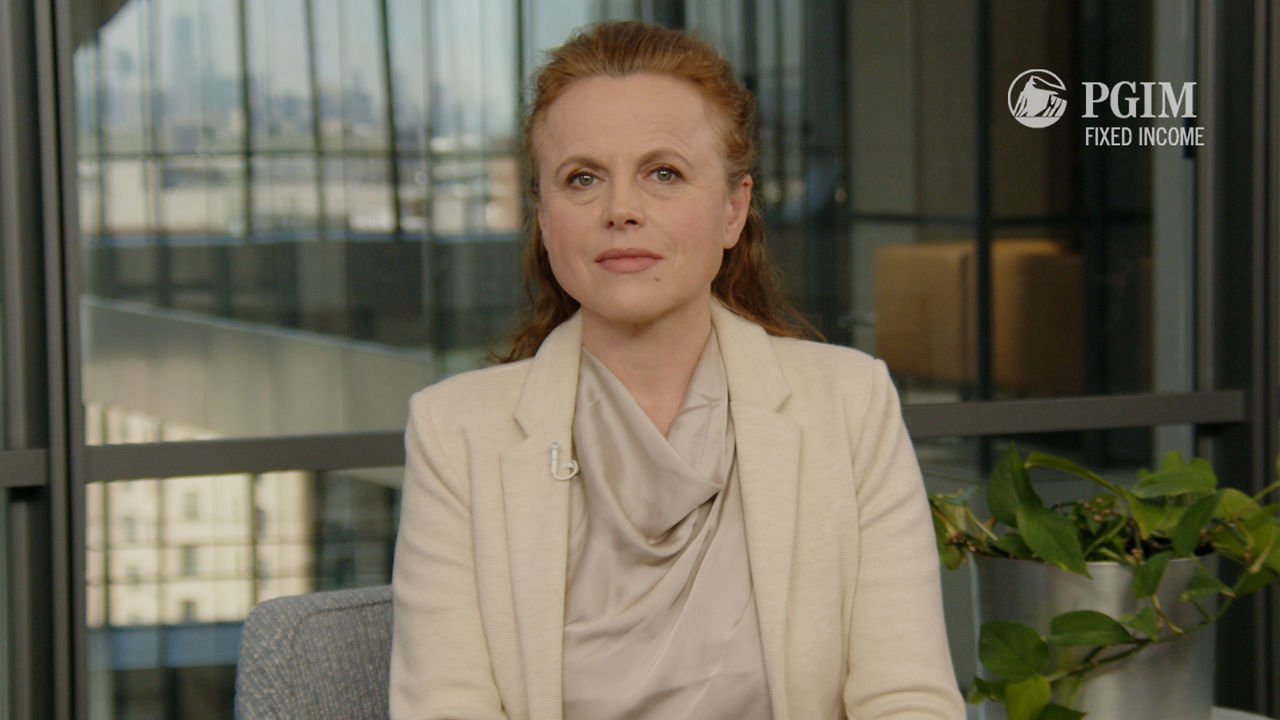So, before diving into a summary of what happened at this year's IMF World Bank Spring meetings, let me just paint the picture for you. This is an annual fixture. These meetings typically happen twice a year. There's one in the autumn, one in the spring, with the spring meeting seen as the lesser of the two meetings. That was not the case this year.
DC was jam packed with leaders from around the world coming to Washington to understand better, “what is the outlook for the global economy?” The other big difference is typically these meetings have been the U.S. acting as a host for global leaders to come together to discuss the outlook, where often the theme has been crises elsewhere, such as in the euro area or in an emerging market.
This year, the discussion was very much focused on the United States.
The big takeaway is that the recent policy announcements in the U.S. have really called into question in global investors minds the role of the U.S. as a provider of global public goods and as a safe haven for global capital.
Underneath that, we identify five key themes.
The first of these themes is that the consensus has been somewhat surprised by the erratic and maximalist nature of recent policy announcements. There is still an expectation or a hope that the Secretary of State in the United States can bring some order and perhaps prioritize and take forward trade negotiations in the U.S.
The second theme is that conditioning on the surprising announcements around, for example, tariffs on Liberation Day is that the economic outlook looks relatively benign. That said, risks are very much tilted towards the downside. And lots of global investor concern not only of a recession in the US, but a rather more nasty mix--what we would call stagflation--of weak growth and higher inflation.
A third development, as a consequence of more unexpected policy announcements and a rather benign economic outlook, is that market adjustments to date have been reasonably orderly. Yes, there were real concerns and flashing orange lights on the week beginning of April 2 following Liberation Day. But generally, global investors have seen markets function and that this adjustment to asset prices has largely been warranted.
That said, the one big concern that remains live with investors are risks around debt sustainability in the U.S. That is, those lingering fiscal risks as a consequence of the U.S.'s large deficit and very high debt to GDP. And the big question marks that remain outstanding as to what the fiscal impulse is going to look like under this current administration. And of course, given the risks, the recession worries that we could see the fiscal picture deteriorate even further.
The final theme is around the primacy of the U.S. dollar as a global reserve currency. Investors were asking, “could this be an inflection point that is the beginning of the end of the U.S. dollar as a global reserve currency?” I think for now, there is very much a sense that there is no alternative, but of course there are opportunities. For example, the euro could potentially fill the role as a global reserve currency. But there are still significant constraints that would stop it from doing so.


